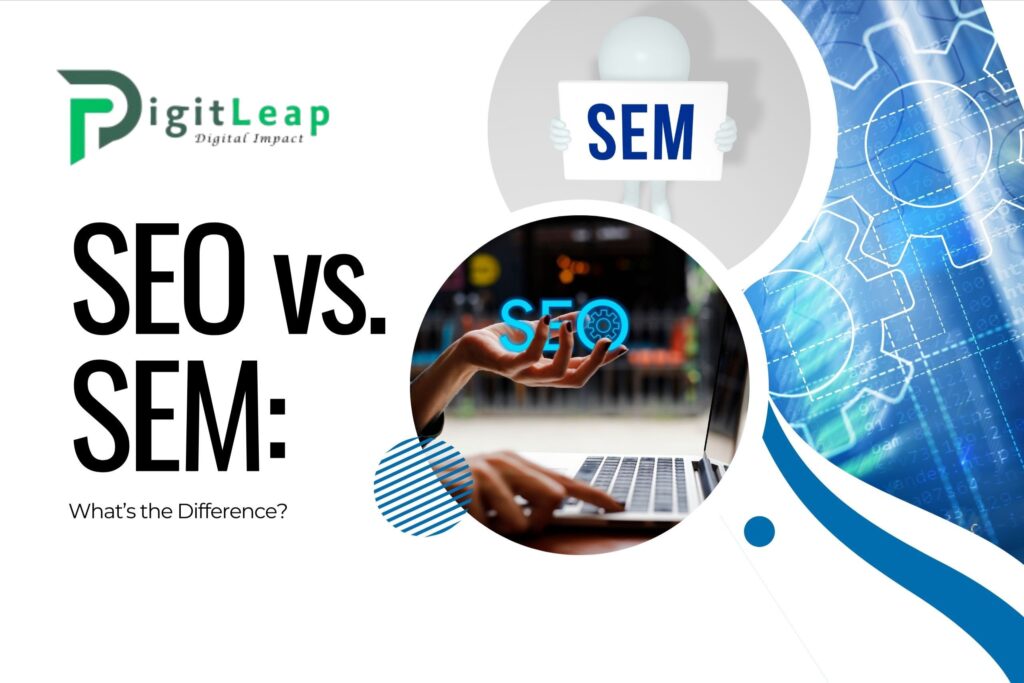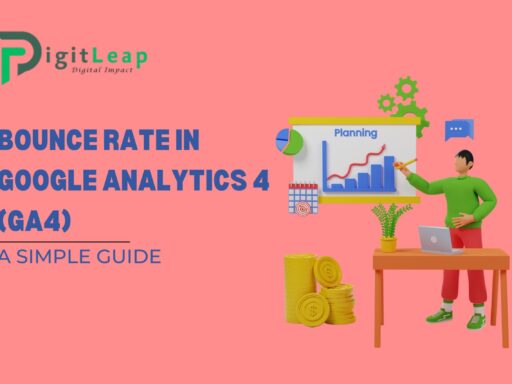SEO vs. SEM: A Friendly Guide to Understanding the Difference
In the digital marketing world, the terms SEO and SEM are often used interchangeably, but they refer to distinct strategies that can shape your online presence in different ways. Let’s break down what each one means and how they differ, so you can decide which approach best fits your business goals.

What Is SEO?
SEO, or Search Engine Optimization, is all about improving your website’s organic visibility. It involves optimizing your content, structure, and technical setup to help search engines understand and rank your site higher. Key aspects of SEO include:
- Content Quality: Creating valuable, informative, and engaging content.
- On-Page Optimization: Fine-tuning meta tags, headers, and URLs with relevant keywords.
- Technical SEO: Enhancing site speed, mobile responsiveness, and secure connections.
- Link Building: Earning quality backlinks that boost your site’s authority.
SEO is a long-term strategy that builds credibility over time. While results might take a bit of time to appear, the payoff is sustainable organic traffic and improved search rankings.
What Is SEM?
SEM, or Search Engine Marketing, is a broader approach that includes SEO but also covers paid advertising efforts on search engines. With SEM, you invest in paid ads—like Google Ads—to immediately appear at the top of search results for specific keywords. This strategy focuses on:
- Paid Campaigns: Bidding on keywords to display ads.
- Immediate Visibility: Generating quick traffic while waiting for organic results.
- Targeted Advertising: Using demographic and behavioral data to reach a specific audience.
- Budget Control: Setting daily budgets and adjusting bids based on performance.
SEM provides fast, measurable results and can be highly targeted, making it ideal for campaigns with short-term goals or for businesses looking to drive immediate conversions.
Key Differences
- Timeframe: SEO is a long-term investment, while SEM delivers quicker results through paid ads.
- Cost: SEO focuses on organic growth without direct advertising costs, whereas SEM requires a budget for ad spend.
- Approach: SEO improves your website’s inherent value to search engines; SEM combines SEO with paid efforts to achieve visibility.
- Sustainability: SEO builds lasting authority and traffic, while SEM’s impact lasts only as long as your ad spend.
Final Thoughts
Both SEO and SEM play important roles in a comprehensive digital marketing strategy. SEO helps build a solid, sustainable online presence, and SEM provides immediate visibility and measurable results. Depending on your business objectives, you might choose one over the other or even blend the two for the best overall outcome.






